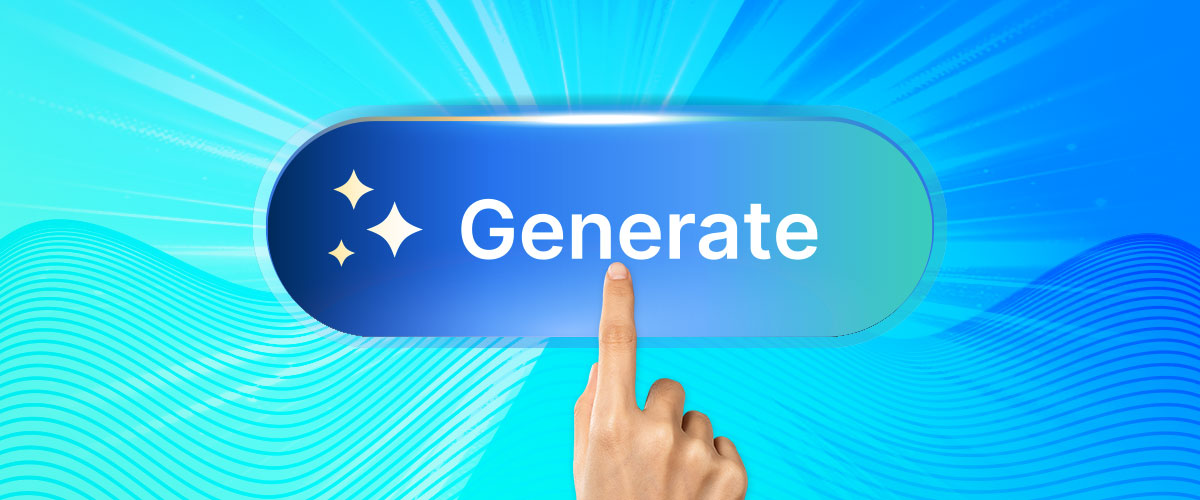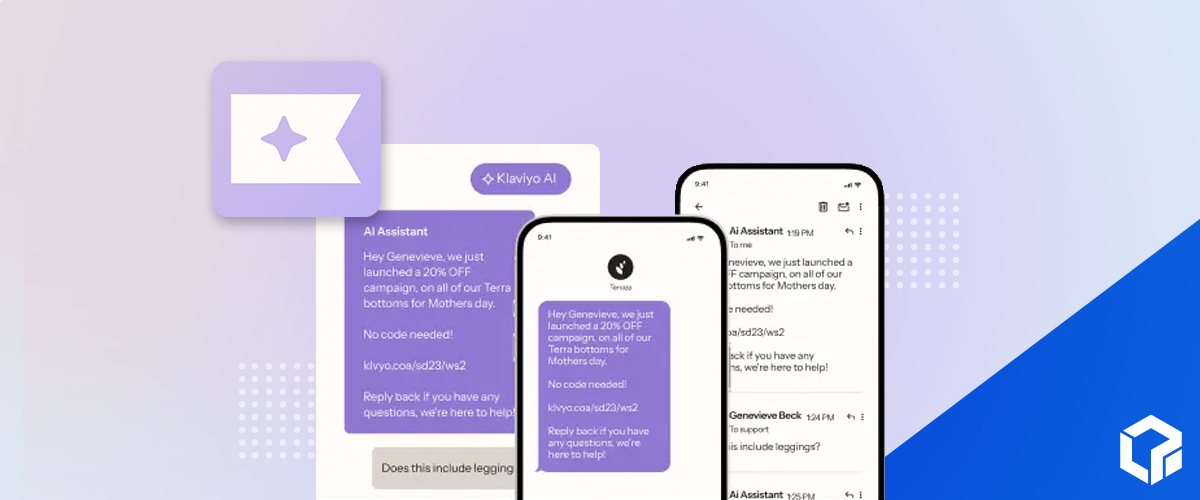AI is no longer a futuristic tool. It is the driving force behind how marketers connect with customers in 2025. That message came through clearly at HubSpot’s INBOUND 2025, where industry leaders showcased how AI is reshaping marketing.
Held for the first time in San Francisco, HubSpot’s Inbound Marketing conference brought together more than 13,000 industry professionals to learn the latest developments across the marketing world and to do a little networking too.
From personalizing customer journeys to streamlining workflows, today’s AI tools are opening doors to more authentic and meaningful connections between brands and audiences. In this post, we will break down the key insights from INBOUND 2025 and explore how AI is making marketing more human.
What We Learned About AI at Inbound 2025?
AI as an Amplifier, Not a Replacement
One of the clearest messages was that AI frees teams from administrative work. Automating tasks like note-taking and transcription helps distill action items from virtual meetings, where context often gets lost. Those items can then be plugged directly into scheduling and reporting systems.
Marketers were encouraged to focus on higher-order activities like campaign strategy, storytelling, and customer trust. Many teams struggle to find the bandwidth to deliver on their “ideal world” vision of marketing. AI can help create that bandwidth by setting parameters and ensuring outputs meet quality standards.
Key Takeaway: This will require more work to reengineer your CRM intentionally rather than a retrofit, as Karen Ng, EVP of Product at HubSpot, cautioned against superficial adoption.
The Loop: A Framework for Growth
HubSpot’s CEO, Yamini Rangan, introduced The Loop (also known as Loop Marketing), a modern alternative to the traditional sales funnel. Instead of a linear path, The Loop is a revolving cycle of content optimization that adapts to evolving customer signals.
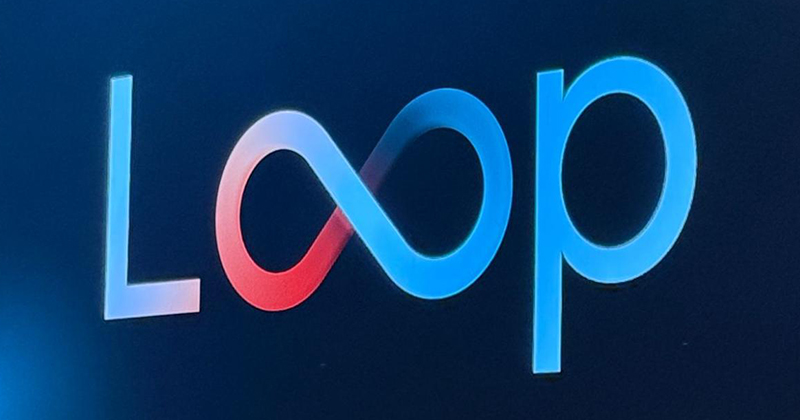
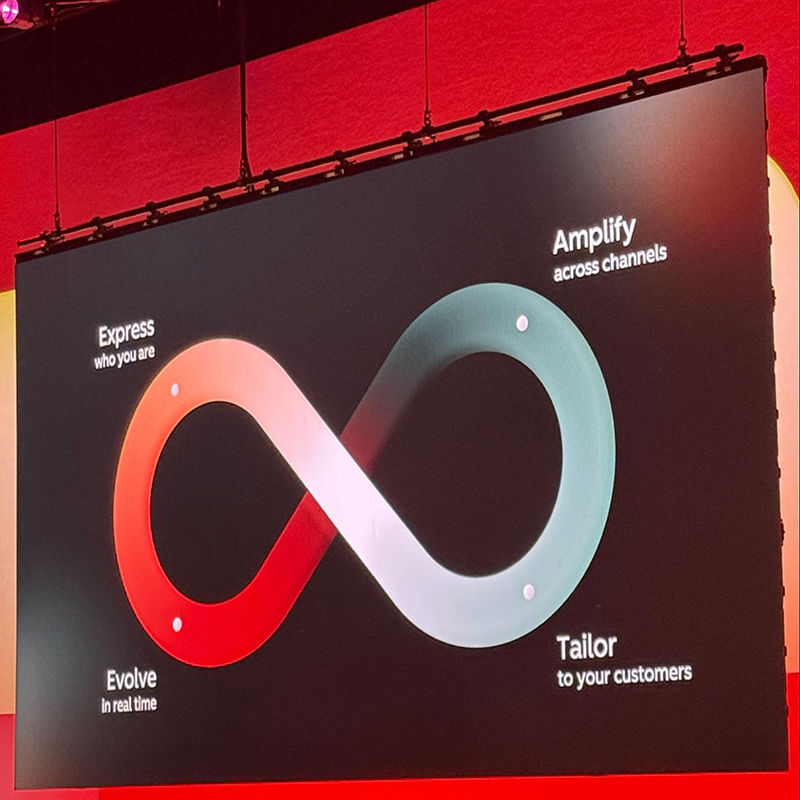
Express
Define your brand’s voice, tone, and unique perspective so AI outputs feel authentic. Use tools like Breeze Assistant and HubSpot’s AI connectors (ChatGPT, Claude, Gemini) to analyze audiences and build a strong style guide around campaign concepts.
Tailor
Employ unified data from CRM records, behavioral signals, and intent data to deliver contextual messaging that goes beyond surface-level personalization. This includes AI-powered segmentation, dynamic content, and personalization agents that keep messaging on brand.
Amplify
Distribute refined messages across the platforms where your audience and AI models already live—social media, podcasts, YouTube, Reddit, and even AI-powered search results. Use AI Engine Optimization (AEO) tools, creative partnerships, and Breeze Agents to expand reach and maintain visibility with both humans and algorithms.
Evolve
Leverage real-time data and AI tools to measure performance, optimize messaging, and make adjustments quickly. Monitor metrics like content efficiency, engagement rates, conversions, AI visibility, and campaign velocity. Each cycle of feedback fuels smarter future loops.
Key Takeaway: Unlike the traditional funnel, Loop Marketing eliminates long campaign learning phases by integrating continuous feedback. The result is faster insights and outputs that anticipate market demand.
Hybrid Teams: Human Power, AI Precision
HubSpot unveiled over 200 updates designed to position AI as a teammate, not a threat. Highlights include:
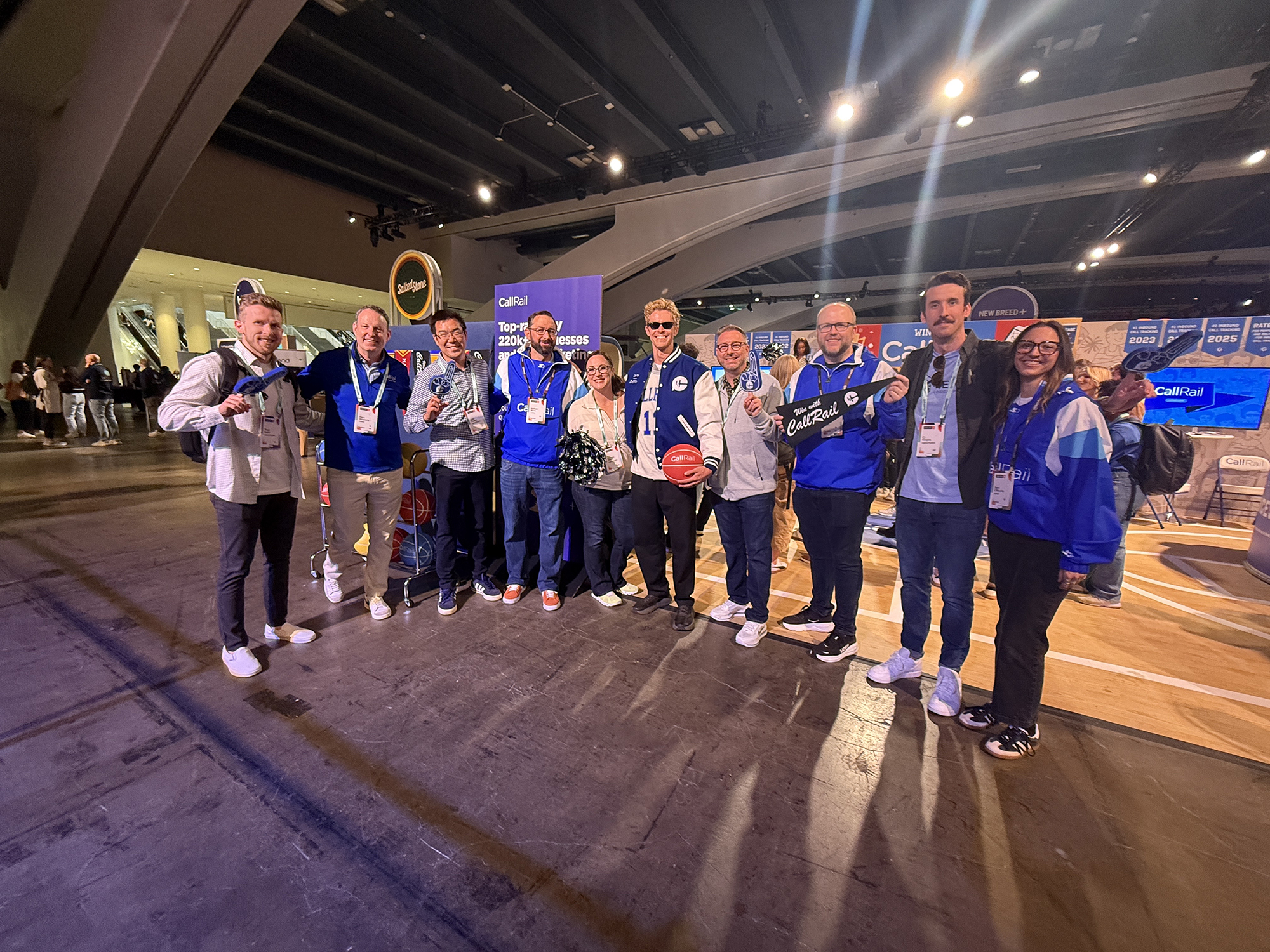
- Breeze Agents: AI-powered digital teammates built into HubSpot that can autonomously manage multi-step workflows across marketing, sales, and service.From content creation to customer support, these agents continuously learn, improve, and even identify opportunities for process enhancements.
- Smart CRM: HubSpot’s next-generation CRM transforms a static database into a dynamic growth engine. It unifies customer data, teams, and tools across marketing, sales, service, content, operations, and commerce in one intelligent ecosystem.
- Data Hub: The evolution of Operations Hub, Data Hub introduces an AI-powered data layer that unifies, cleans, and activates information across your entire tech stack. This ensures reliable, actionable data for both customer and prospect engagement.
Key Takeaway: Together, these tools reflect a shift to hybrid teams. AI provides precision and efficiency while humans contribute empathy, creativity, and strategic vision.
Trust Over Clicks
Another clear theme was that clicks and impressions are no longer the true measure of success. HubSpot revealed its blog traffic had dropped by nearly 50%, underscoring how much the digital landscape has shifted.
Instead of clinging to vanity metrics, HubSpot doubled down on podcasts, newsletters, and video—channels that build credibility and long-term loyalty.
Key Takeaway: Stop chasing clicks. Start building trust where your customers already spend their time.
How to Apply These Lessons
Audit Workflows
Many teams lose valuable time to routine tasks, so identifying repetitive tasks like meeting transcriptions, reporting, or data cleanup, and assigning them to AI can free up hours that can be reinvested in strategy and creative work.
Codify Your Voice
AI reflects the input it receives. Develop a style guide that defines your tone, vocabulary, and sample phrasing so outputs remain consistent across blogs, emails, and campaigns.
Experiment with The Loop
Run a campaign through the four stages: Express, Tailor, Amplify, and Evolve. For example, launch a podcast episode (Express), adapt the message for different audience segments (Tailor), distribute it on YouTube Shorts and LinkedIn (Amplify), and track results to refine your next effort (Evolve). Each cycle generates insights you can scale.
Multi Channel
Do not rely on a single outlet. Repurpose content into newsletters, short videos, or recurring live events to reach customers in more places. This builds resilience and broadens engagement.
Optimize for AEO
More people are getting answers directly from AI tools and search overview results rather than visiting websites. To remain visible in this environment, structure your content to be human-readable and machine-friendly. Use schema markup, write clear summaries up front, and build logical connections highlighting your expertise.

Structure your content for passage optimization → Break long blogs into scannable sections with headings, tables, visuals, and summaries to help search engines surface answers directly.
Use query fan-out to cover more search intents → Expand one keyword into related, comparative, and reformulated queries so your content ranks across a wider variety of searches.
Apply hyper-personalization → Create content tailored to user context (location, lifestyle, budget, preferences) to better match what AI-driven search systems deliver.
Prepare for multi-channel AEO → Publish content that serves both humans and AI systems across organic search, communities, and answer engines, not just Google SERPs.
Let AI Make Us More Human
Inbound 2025 didn’t just showcase new tools. It reminded us that technology should clear the path for marketers to do what only humans can: tell stories, build trust, and create real connections. The challenge now is deciding where you’ll start.
If you need help breaking down your tech stack and rebuilding your marketing campaigns with an AI-powered focus, reach out to our team of marketing gurus for help!




